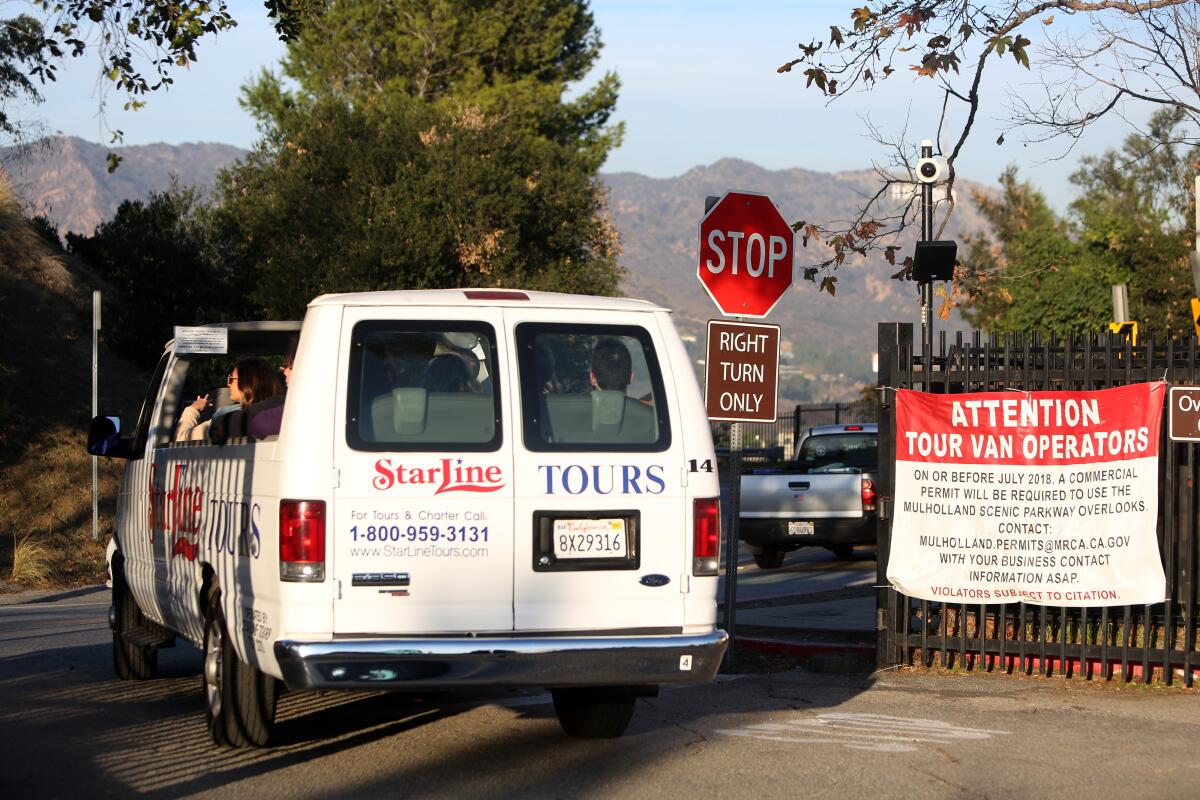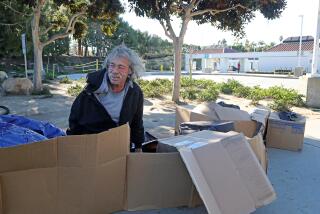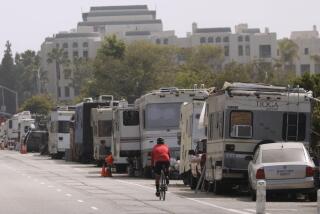L.A. might restrict tour vans after complaints from Hollywood Hills residents

Hollywood Hills residents and tour companies are at odds as the Los Angeles City Council seeks to more tightly regulate buses and vans passing through roads some say are dangerous.
The council’s Transportation Committee recommended new rules this month to ban tour buses and vans from driving through roads marked as unsafe by the Department of Transportation.
“My No. 1 goal is public safety for the neighborhoods and the residents who live in the hills, but also for the tourists and the passengers of these vans,” said Councilman David Ryu, who represents some hillside areas frequented by the tour vans and introduced the ordinance. “It’s really dangerous up there.”
Ryu said he began thinking of ways to tackle the issue in 2016. In 2017 he urged lawmakers in Sacramento to introduce a bill to allow municipalities to impose their own regulations on the industry, rather than the state. He also introduced an ordinance to require tourists to wear headphones to hear information from the drivers. Before that, the vans and buses could use loudspeakers. Both initiatives eventually passed.
His biggest wish, Ryu said, was to establish order.
“The drivers are driving crazy,” Ryu said. “They’re not paying attention. They’re texting. It’s honestly like the wild, wild West.”
Tourism officials say they saw a surge in new business around 2015 and 2016 as tourist visits to the city climbed by about 3 million over 2014, according to statistics from the Los Angeles Tourism and Convention Board.
Now, there are about 20 tour companies in Hollywood, industry officials say. As Hollywood Boulevard became increasingly congested, the companies began trekking up the hills with more frequency, said Adena Tessler, who represents the L.A. Tour Bus Operator Coalition. Mulholland Drive has become one of the major points of contention.
Residents say they’ve seen vans park in private driveways, get into accidents and drive recklessly. The added weight from the vehicles packed with passengers also makes roads deteriorate faster, they say.
“These vans are like ants invading your picnic,” said Anastasia Mann, president of the Hollywood Hills West Neighborhood Council, who lives in the Hollywood Hills. “Our streets are crumbling. It’s not only disturbing and frightening to people who live in the community, but also for people who are commuting to and from work through the hills.”
In public comments filed with the city, people who live below the Hollywood sign, a tourist magnet, also complained that the buses create a heightened danger on the neighborhood’s narrow streets in the event of a fire.
The Department of Transportation does not keep statistics of the number of accidents involving tour vehicles. With regard to the ordinance, tourism professionals say they want more of a voice in the process.
In its current form, the ordinance does not mention industry professionals as part of the decision-making process. They fear if they don’t have a say, popular roads such as Mulholland will be closed without a valid reason, they say.
“That view from the Hollywood Hills is, for many people in America and outside of America, unlike anything they’ve ever seen,” said Jeff Napshin, owner of Star Track Tours. “If you attempt to shut that down, it is an injustice. It’s unfair to visitors who are trying to have a Los Angeles experience. It is just wrong.”
Tessler said she has pushed for a meeting with the Department of Transportation to create a map of approved roads.
Napshin said tours normally last two hours and vehicles do three tours a day. The number of vehicles per business varies, Napshin said. Some smaller ones have only three vans. Larger companies may conduct as many as 25 tours a day.
The state of California regulates the tour companies and the Public Utilities Commission issues licensing. The city also requires the businesses to pay an annual business tax.
In recent years, Napshin and Tessler said, the industry has lost credibility as unofficial companies began bypassing the proper channels and driving inappropriately. They say the creation of an official agreed-upon road map may ease the problem.
“It’s really important that we come up with a program that is doable and favorable to everybody so that the operators can self-enforce and commit to not go down certain streets,” Tessler said. “It will make it harder for the illegitimate business to do their thing.”
The ordinance will go through one more committee meeting before be heard by the full council in January.
More to Read
Sign up for Essential California
The most important California stories and recommendations in your inbox every morning.
You may occasionally receive promotional content from the Los Angeles Times.










